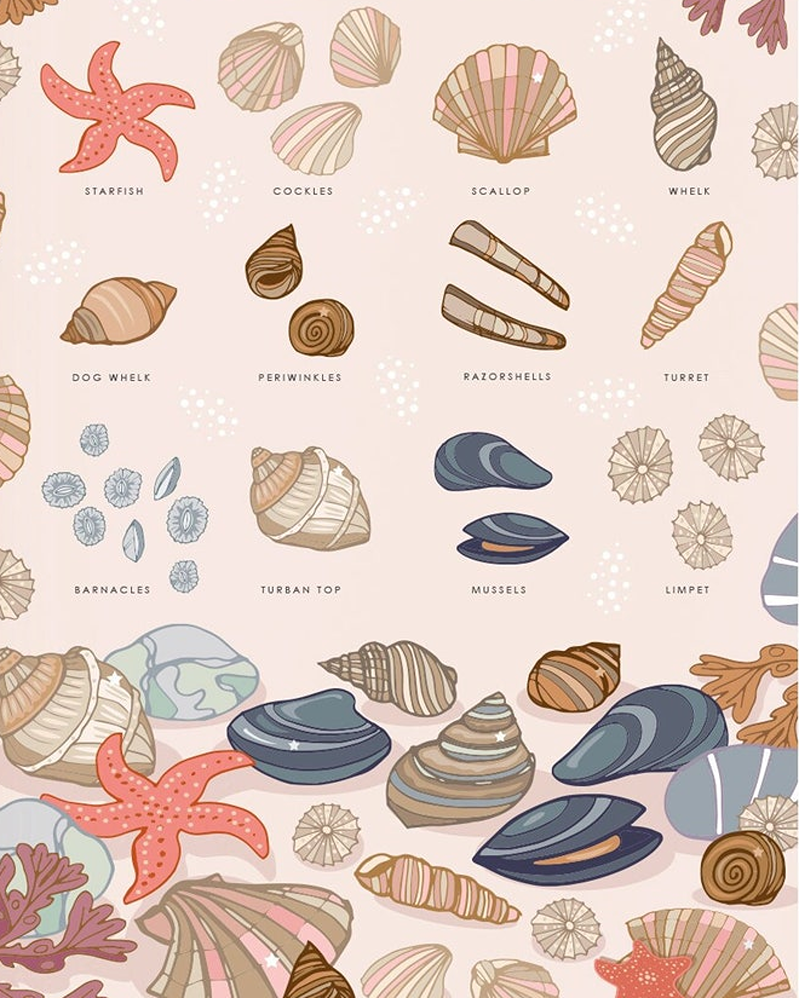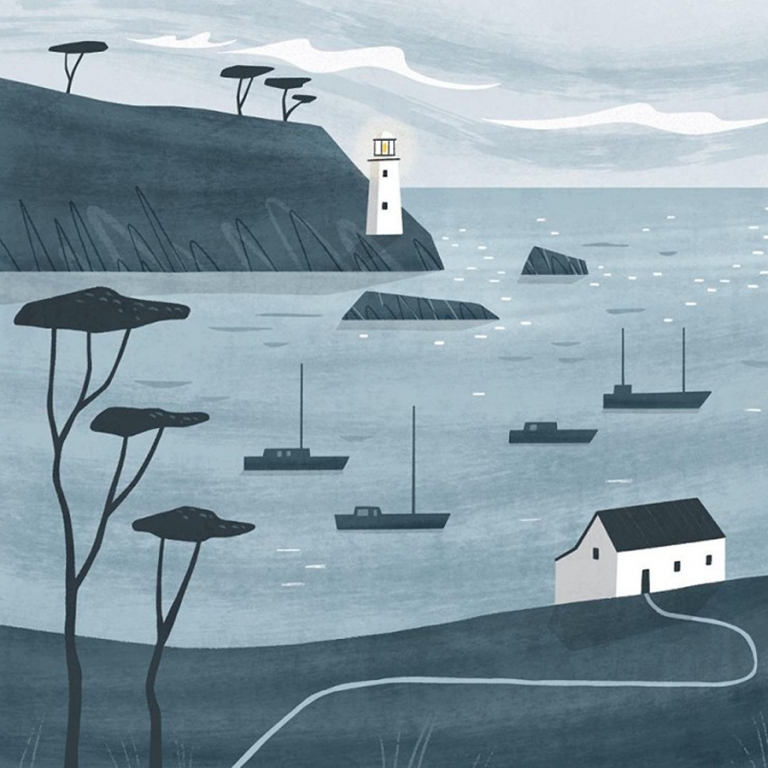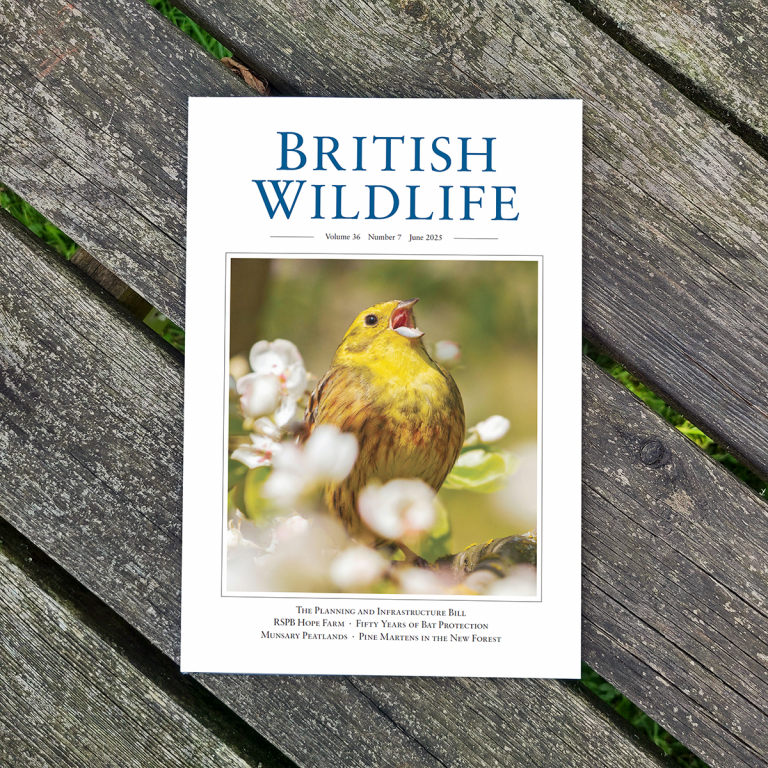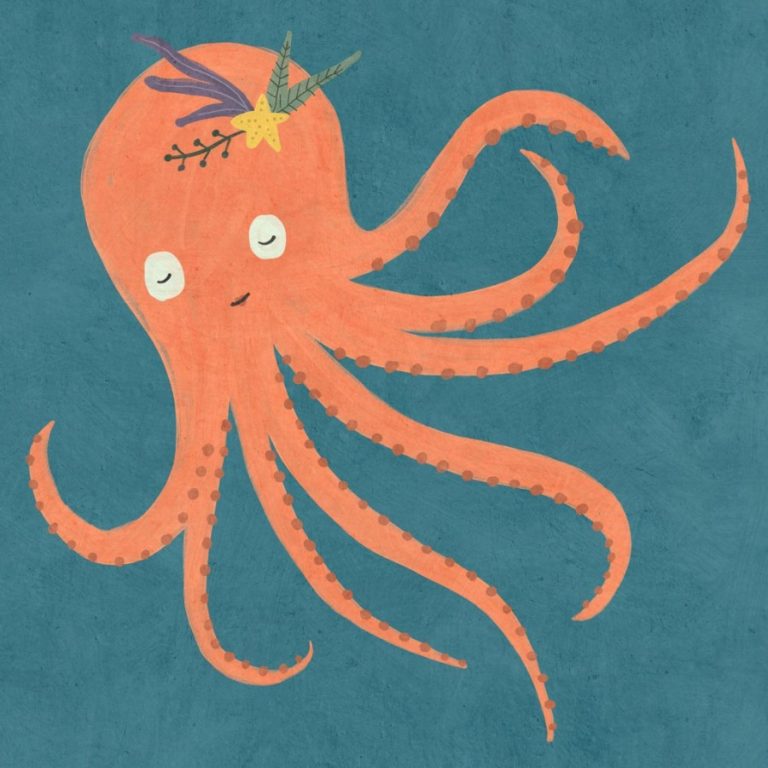
Beach combing has become a popular hobby for those who want to connect with nature while helping clean up coastlines. Many people see it as a simple and eco-friendly way to enjoy the outdoors and reduce litter. With more focus on sustainable living, beach combing often feels like a harmless and positive activity.
However, the reality is more complex. This post will explain why beach combing isn’t always as sustainable as it seems, revealing some unexpected impacts and why careful consideration matters.
Read how to keep dogs safe by the seaside.
Don’t walk on sand dunes, to avoid disturbing nests and native wildlife like natterjack toads). Also don’t disturb seals or other marine wildlife.
The Coast Protection Act 1949 states that it’s illegal to take sand and pebbles from our beaches. Although it’s not illegal to some items like driftwood, it can still form essential habitats for wildlife, so is not advised.
Impacts on Marine Life and Natural Cycles

Many shells and bits of driftwood play a part in beach health. Tiny creatures (like hermit crabs) use shells for homes or hiding spots. Birds peck at broken shells and seaweed for food and nesting. Remove enough material and you disturb these natural cycles.
Removing pebbles and sand from beaches can also cause or contribute towards coastal erosion. It’s illegal in Italy, to take pebbles from the beach.
And harvesting seaweed (experts just ‘give seaweed a haircut without removing the roots) again can impact marine creatures. Seaweed to you, but the universe to a shrimp!
Personal Responsibility and Ethical Guidelines
Respecting nature keeps beachcombing on the right side. Here are some tips:
- Take only rubbish: Leave shells, driftwood, feathers, and stones for wildlife.
- Follow local rules: Some beaches ban collecting or taking certain items.
- Look, don’t touch: Photograph rare finds, instead of pocketing them.
- Stay on marked paths: Avoid trampling sand dunes or disturbing nesting areas.
- Educate others: Share reasons for gentle beachcombing.
Leave creatures (crabs etc) alone in rock pools, as many are injured, once returned to sea.
What About Sea Glass?
It’s fine for artists to take sea-glass (washed up broken bottles that have been smoothed by the waves) to create jewellery.
Your pair of earrings may well have been a pirate’s bottle from hundreds of years ago – shiver-me-timbers! Sea glass is basically ‘beautiful litter’ so it’s okay to remove.
Why are Beaches Sandy or Pebbly?

Why are beaches sandy or pebbly? It’s simple, really. It just depends on the kinds of beaches they are. Cliff areas tend to have higher stronger waves, so have more pebbles. And sandy beaches tend to be areas with gentle waves.
The colour depends on the content (for instance, iron oxide makes sand brown, but abroad coral quartz makes Caribbean sand white or pink – you can even find green sand).
Reasons Not To Pick Seashells at the Beach

It may be something enjoyed by many people on holiday, but collecting seashells is not a good idea, and is actually banned in some countries (as is collecting pebbles or sand, both of which can cause coastal erosion).
When left alone, shells break down over time. This slow process adds minerals and calcium back into the sand. These nutrients feed plants and tiny animals in the sand, keeping the beach full of life. A beach with missing shells can become less healthy for plants and animals.
Lots of sea life needs old shells to survive. Hermit crabs reuse shells for new homes as they grow. Birds and fish hunt for leftovers inside shells. Some beach plants even rely on these shells to anchor their roots.
A shiny empty shell may still have someone living in it. Tiny crabs, molluscs, algae or other sea life often hide inside or cling to the outside. Picking up the shell kicks them out of their home or even kills them. It’s tough to spot these creatures, so it’s easy to harm them without meaning to.
Disruption of Coastal Wildlife Habitats
Many creatures depend on natural beach debris for shelter and breeding. For example, some birds use shells and stones to build nests that protect their eggs from wind and predators. Shorebirds like plovers and terns often lay their eggs amid small seaweed piles or stones, blending their nests into the environment. When beach combers remove these materials, it leaves nests exposed and vulnerable.
Invertebrates such as crabs and insects also rely on driftwood and seaweed as hiding spots or food sources. These natural elements create microhabitats where tiny animals thrive. Removing the materials takes away their homes and food, upsetting the food chain.
Plants growing near the shore often rely on decaying pieces of wood and seaweed for nutrients. The loss of this organic matter reduces soil quality, affecting plant health and growth. Without plants stabilising the sand, beaches become less hospitable to animals that nest or forage in these areas.
In short, taking natural debris reduces shelter and breeding sites for a variety of species. It’s like tearing down the walls of a house; animals lose their safe space to live and reproduce. This disturbance causes ripple effects through the coastal ecosystem, reducing biodiversity and weakening natural resilience.
Impact on Natural Beach Processes
Natural materials like shells, seaweed, stones and driftwood do more than provide habitat. They work behind the scenes to protect the beach itself. For instance, seaweed helps trap sand and prevent it from washing away with tides and wind. Driftwood acts as a natural barrier that slows down water flow, which reduces erosion.
Removing these materials speeds up beach degradation. When shells and stones are taken away, there is less material to hold sand in place. This makes the shoreline more prone to being worn down by waves. Over time, the beach can shrink or change shape, which also affects nearby plant and animal life.
Seaweed plays an important role in returning nutrients to the sand as it breaks down naturally. This helps maintain the fertility of the beach ecosystem. Without seaweed depositing organic matter, the sand loses quality and becomes less supportive for plants and microorganisms.
- Seaweed traps sand and adds nutrients (removing it increases erosion and lowers nutrients)
- Driftwood acts as a wind and water barrier (removing it causes more sand loss and faster erosion)
- Shells and stones hold sand and provide nesting cover (removing them exposes nests and accelerates sand loss)
Removing natural beach materials disrupts processes that have evolved over centuries. It weakens the shoreline’s ability to recover from storms and rising tides. Over time, this can lead to significant loss of beach areas.
Collecting natural beach materials may feel like a simple, harmless practice, but it causes lasting damage to wildlife habitats and the beach itself. Understanding this impact helps us make choices that protect coastlines for future generations.
Misidentification of Debris and Its Consequences
Many people start beach combing with good intentions, picking up items that look like natural beach rubbish. Unfortunately, some plastics and other non-biodegradable pieces are mistaken for shells, driftwood, or seaweed. Collecting these without the right disposal methods can create new environmental issues.
Plastic waste and small fragments of microplastics are common on many beaches. These materials do not break down naturally and can persist for decades if not dealt with properly. When beach combers gather plastic items but throw them into general waste or leave them behind because they don’t know how to dispose of them safely, they risk reintroducing the pollution back to the environment or adding to landfill problems.
Here are a few ways misidentifying debris causes harm:
- Contamination of natural materials by mixing plastics with organic waste, making it harder to recycle or compost.
- Unintended spread of microplastics when fragments are tossed or crushed, which can end up back in the ocean.
- Handling hazardous waste improperly, like fishing gear or chemicals hidden among debris, exposing wildlife and people to danger.
Simply put, not all items on a beach can be treated the same. Collecting plastics without clear guidelines can lead to pollution moving around instead of being removed. It’s like trying to pick up spilled oil with paper towels—you might clean a bit but leave a bigger mess in the end.
Unregulated Removal of Marine Debris
While cleaning a beach by picking up litter sounds good in theory, unregulated removal can cause more damage than help. Beach combers without proper knowledge or permits often collect items that are part of protected habitats or sensitive ecosystems.
Some beaches contain materials vital for wildlife or coastal stability, but these can be mistakenly taken away during clean-up. For example, certain shells or driftwood might be part of nesting sites or serve as shelter for marine animals. Removing these can destroy vital refuges and breeding grounds.
Unregulated beach combing also encourages more people to remove debris without thinking through the consequences. When clean-up activities become informal and uncontrolled, they can lead to:
- Disruption of habitats by disturbing nesting areas and marine life.
- Loss of protected or rare species found in beach debris.
- Damage to scientific research sites where debris is studied to monitor ocean health.
- Overharvesting of beach materials that play key roles in coastal systems.
In some cases, well-meaning individuals might remove large amounts of debris but leave hazardous items behind, or disturb wildlife during sensitive seasons without realising it. Without clear rules, the impact can be more harmful than helpful.
The bigger issue is that unregulated removal sends a message that all beach debris should be taken or cleaned up by anyone at any time. This approach overlooks how ecosystems rely on some natural materials and small amounts of debris to stay balanced.
Instead of assuming every piece of litter should be removed by beach combers, proper guidance and regulatory oversight are needed to protect sensitive beach environments effectively.
Lack of Clear Guidelines for Sustainable Collection
Many beach combers imagine a set of simple rules about what they can and cannot take, but those rules often don’t exist or vary widely by location. This lack of clear, standardised guidelines creates confusion and inconsistent practices. One person might collect every shell in sight, while another only takes litter; both may believe they are acting responsibly, but the results can be very different.
This absence of guidance leads to several issues:
- Damaging protected species and habitats: Some shells, plants, or driftwood are crucial for local wildlife and may be protected by law. Without clear rules, people unknowingly remove materials vital to coastal life.
- Increased environmental harm: Taking natural materials in large quantities can accelerate erosion, disrupt nutrient cycles, and reduce shelter for animals. Without boundaries, this harm escalates quickly.
- Confusion and enforcement problems: Authorities often struggle to manage beach combing because of vague or missing regulations. This makes it difficult to monitor or prevent unsustainable collection practices in sensitive areas.
In many places, the law relating to coastal resource collection is patchy. Some beaches have strict policies banning the removal of any natural materials, while others have none at all. This patchwork leaves beach combers unsure of what is allowed, making responsible choices harder. Awareness and education programs are rare, so most people don’t know the potential consequences of their actions.
When there are no clear signs, official guidelines, or local campaigns, sustainable collection depends on guesswork rather than knowledge. This situation allows unchecked removal of beach materials that can harm the ecosystem over time.
Community and Conservation Conflicts
Beach combing doesn’t happen in a vacuum; it takes place within communities that rely on coastal resources for many reasons. Here, tensions often arise between those who comb the beach, local residents, and conservationists, each with different priorities.
Locals may see beaches as places for recreation, tourism, or cultural practices. They want to keep the environment healthy but also accessible. Conservation groups focus on protecting the habitat, sometimes calling for strict limits on removal of natural items and debris.
Here are some of the typical sources of conflict:
- Access vs protection: Some community members welcome beach combers and clean-up efforts, while others worry that removing natural materials disturbs the local ecosystem or depletes resources they value.
- Cultural clashes: Traditional uses of coastal resources can conflict with modern beach combing trends. For example, indigenous or local populations may collect certain shells or plants for cultural reasons, while casual beach combers may unknowingly take the same items without permission.
- Disputes over ownership and responsibility: Questions arise about who gets to decide what can be taken from the beach and how. Some argue all natural debris belongs to the public or the state, while others want stronger community control to prevent overharvesting.
- Impact on tourism and economy: Overenthusiastic beach combing can damage the very environment tourists come to enjoy. When natural beauty declines or fragile habitats are harmed, local businesses and livelihoods suffer.
Conflicts worsen when beach combers ignore local customs, act without permits, or damage sensitive sites. Conservationists often push for tighter regulations and monitoring, but enforcement can be difficult on open shorelines, which encourages frustration on all sides.
Navigating these social and regulatory challenges requires respect, clear communication, and a shared sense of responsibility. Without these, even the most well-meaning beach combing efforts can cause friction and unintended damage.
Educating Participants on Impact and Best Practices
Understanding the real effects of beachcombing is the first step toward more sustainable behaviour. Enthusiasts need accessible, clear information that goes beyond “don’t litter.” They must learn why some natural materials are better left undisturbed and how their actions influence the ecosystem’s balance.
Effective education often includes:
- Workshops and guided walks led by conservationists or local experts. These help people spot key habitats, protected species, and signs of damage caused by collecting natural materials.
- Clear signage at popular beach access points explaining what can and cannot be removed. Visual guides showing protected shells, sensitive plants, or nesting areas reduce accidental harm.
- Online resources and apps that offer tips on low-impact beach visits, like staying on marked paths and leaving natural debris where it belongs.
- School and community programs that build awareness from a young age, fostering respect for coastal environments.
By providing this knowledge, beachgoers can make informed choices rather than relying on assumptions or habit. Learning why some materials must stay helps prevent harm to wildlife and beach stability. It turns casual visitors into responsible custodians who think about the bigger picture.
Supporting Coastal Conservation Efforts
Sustainable beach activities also mean contributing positively beyond personal enjoyment. This can range from hands-on volunteering to advocating for stronger protections at local and national levels.
Here are ways beach combers can support conservation:
- Joining organised beach clean-ups that follow rules to safely remove litter without disturbing natural debris or wildlife. These events often involve proper sorting and disposal of waste, ensuring pollution doesn’t just get moved around.
- Volunteering with local wildlife groups or conservation trusts to help monitor species, restore habitats, or report illegal collecting or pollution.
- Supporting policies and initiatives that limit removal of natural beach materials through petitions, attending council meetings, or sharing awareness on social media.
- Choosing sustainable gear and travel options to reduce your overall footprint when visiting coastal areas.
By aligning personal actions with organised conservation efforts, beach combers add real value to protecting shorelines. Instead of unintentionally damaging habitats by removing natural elements, they become part of a community working to maintain a healthy, balanced beach environment.
In the end, promoting sustainable beach activities means educating yourself and others, and stepping up to support conservation beyond just picking up trash. That is how enjoyment of our beaches can turn into genuine, long-lasting care.






